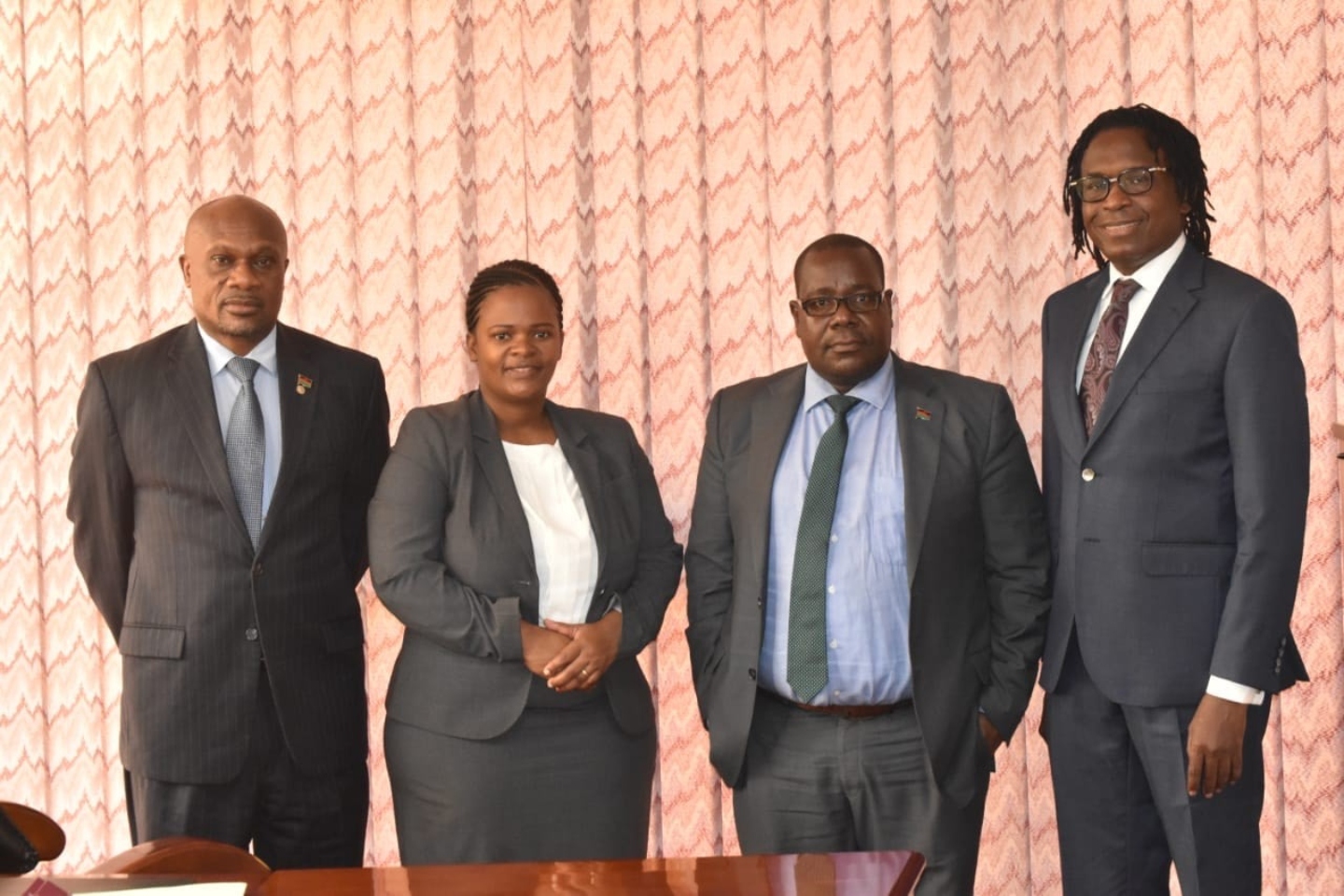In a transformative shift, Africa-focused bauxite explorer Lindian Resources has inked a deal to acquire the globally significant Kangankunde rare earths elements project in Malawi for US$30 million. Kangankunde has been hailed as one of the world’s largest rare earths operations outside of China. The acquisition is in line with the company’s pursuit of African projects.

In a transformative shift, Africa-focused bauxite explorer Lindian Resources has inked a deal to acquire the globally significant Kangankunde rare earths elements project in southern Malawi for US$30 million. Kangankunde has been hailed as one of the world’s largest rare earths operations outside of China and follows the company’s pursuit of African projects.
Rare earths are a group of 17 elements with unique catalytic, metallurgical, nuclear, electrical, magnetic and luminescent properties positioning them as highly valued and integral components in many of rapidly emerging technologies.
The elements are used in super magnets, electronic and computing equipment, lasers, batteries and catalytic converters.
The deal is currently subject to shareholders’ approval.
Lindian aims to take full control of Kangankunde through a 100-per cent share acquisition of Rift Valley Resource Developments, the project’s owner.
The US$30m price tag is payable in four tranches, comprising a non-refundable deposit of US$2.5m followed by a further US$27.5m payable in three parcels within 48 months from the signing date of the agreement.
The company intends to fund the payments with its existing cash reserves of almost $2.2 million and from third parties that have already expressed considerable interest in gaining exposure to the project.
Lindian Resources Chairman, Asimwe Kabunga said: “This is without a doubt an outstanding development for Lindian that delivers a huge value opportunity for shareholders. The potential of the Kangankunde Rare Earths Project is indeed significant and it has been highly sought after by many parties over a number of decades.”
“This binding transaction gives Lindian control of one of the world’s premier undeveloped rare earths deposits, at a time when global demand is universally forecast to accelerate materially in the years ahead.”
The Kangankunde deposit has an outdated resource of 2.53 million tonnes grading 4.24 per cent rare earths oxide, or “REO” and containing 107,000 tonnes of REO when using a cut-off grade of 3.5 per cent.
The mineralisation is exposed at the surface and encouragingly remains open at depth.
Relaxing the cut-off grade by half a per cent would slightly lower the average grade to 3.8 per cent, however it would increase the contained REO by 73,000 tonnes — equating to a substantial improvement of 68 per cent.
Back in 2007 when the project was in the hands of ASX-listed Lynas Resources, Lynas justified the relatively low cut-off grade based on metallurgical test work supporting the deposit’s amenability to a low-cost gravity separation method resulting in a 60 per cent REO concentrate.
Lindian intends to review the previous results using new technology to identify methods for recovery improvement.
The company also highlights the rare earths neodymium and praseodymium have become increasingly valuable since the project’s economics were last independently evaluated more than ten years ago.
The ratio of neodymium and praseodymium in the total concentrate produced from the project is a sizeable portion of about 19 per cent.
Providing the deal gets the go-ahead from shareholders next month, the company plans to hit the ground running and “unlock Kangankunde’s value as quickly as possible”.
Immediate work in the pipeline includes redeveloping access for planned drill programs and sampling for updating metallurgical test work leading to engineering works programs.
More extensive work programs planned for next year include resource definition drilling, engineering flowsheet and plant design along with mining and logistical studies.
The company’s acquisition comes at a time when nations are scrambling to secure a supply of the sought-after metals.
In June this year, the US Defence Department signed up Lynas with a $120 million follow-on contract to build a first-of-its-kind commercial heavy rare earths separation plant in the United States.
The move would secure US industry access to domestically produced “heavy” rare earths that currently cannot be sourced outside of China.
Blessed with a rich endowment of rare earths, China has long held a strategic stranglehold on the production of rare earths elements across the globe with up to 96 per cent of the world’s total production, according to US Geological Survey statistics.
Having such a strangle hold on global supply has put the eastern superpower in a powerful position, however in recent years its grip has appeared to loosen as several countries have sought to secure an alternative source. Yet the latest figures continue to confirm a deep dependence on Chinese rare earths.
The geological body says China’s production in 2021 amounted to 60 per cent of the global total, down from 80 per cent in 2017 and more than 96 per cent in 2009.
China also has a history of curtailing its rare earths exports, even going as far as to cease all rare earths exports to Japan for two months after a heated dispute with Tokyo over the contested Senkaku-Diaoyu Islands.
The origin of China’s rare earths reign begins with the establishment of its National Rare Earth Development and Application Leading Group in 1975 and the series of strategic policies that followed until now.
In the 1980s, the Chinese Government nurtured its then embryotic upstream rare earths industry with export tax reimbursements ultimately boosting its production capacity. Towards the end of the 1990s and beyond, it introduced taxes on the export of less-refined rare earths products in addition to restrictive export quotas, encouraging the development of its downstream industry.
With Kangankunde shaping up as another potential source of rare earths outside of China, if Lindian gets a foothold in Malawi it could be in for a handsome reward.
Is your ASX-listed company doing something interesting? Contact: matt.birney@businessnews.com.au















